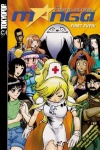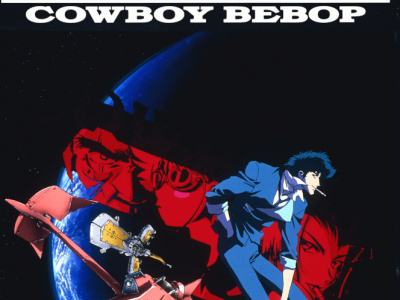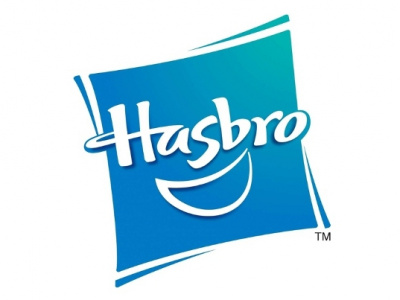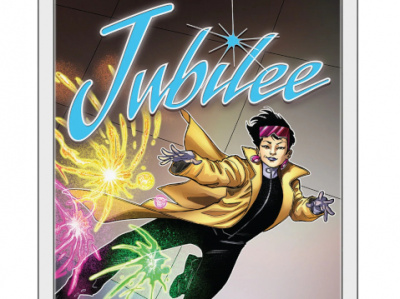
Tokyopop's Rising Stars of Manga, the publishing result of a competition to produce American manga works (see 'Tokyopop Makes Final Cuts for 'Manga Idol''), raises a number of interesting questions beyond the immediate one for retailers of how to order it; for example, what makes a comic a manga, and how can an American work really be something that flows out of Japanese culture? To get the answers to all of these questions, we asked Tokyopop Director of Editorial Jeremy Ross and Vice President-Sales and Marketing Steve Kleckner.
How did TOKYOPOP decide whether a submission was 'manga' enough to be considered?
Ross: The Judges took a very broad view when deciding what was 'manga-like' enough for consideration. Every creator whose work made it into the final rounds of consideration used one or more elements of manga style in their work. But the judges did not limit contenders to those who slavishly followed manga stereotypes.
As Stu Levy says in the Anthology's introduction, 'The first Rising Stars of Manga did not win our contest by redrawing American superheroes with big eyes and round faces-this is not what manga means to us. The key to becoming a Rising Star of Manga is passion-the passion to tell a great story; the passion to bring vision to the written page; the passion to create unforgettable characters; the passion to move a reader.'
What makes a comic a manga?
Ross: There are many elements in manga that set it apart from other comics and give it a unique position in the pantheon of sequential art styles. What makes something 'manga-like' may be combining iconic, stylized characters with realistic backgrounds. Longer story length and series of fixed length are characteristic of manga. Manga panel design and layout is notably different from other comic forms, as is the use of screen tones of varying sizes. Manga allows artists to depict a character in a very stylized way or even as a stick figure in one panel and then in a detailed, almost realistic way in the next. Manga pages are designed to be read faster than American comics. They are more like film storyboards in many respects. Common transitions from panel to panel include types rarely seen in the West: panel views move back and forth between subjects, break down a short moment in time into a series of many camera angles, even make time seem to stand still by showing many aspects of a still scene.
Aren't manga stories inexplicably tied to the culture from which they arise? How can a U.S.-created story be a manga?
Ross: As the market leader in localized manga and the sponsor of the first-ever manga competition in the U.S., TOKYOPOP is uniquely well positioned to nurture the artists whose work will define American manga in the years ahead. Manga's mass popularity in the U.S. is a recent phenomenon. A new generation is being raised on manga. As some of them move to the forefront and become creators, they will embody the unique East-West fusion that will define the future of manga in this country. Based on our understanding, the essence of manga, while derived from Eastern culture, is not restrictive and can accommodate Western characters, storylines and concepts.
A number of other companies have done or will do comics that are touted as manga-style. Will Rising Stars be more or less manga than those efforts by other publishers, and if so, why?
Ross: Other publishers are interested in incorporating manga style in different ways than TOKYOPOP. For example, Marvel has frequently hired artists to draw their popular superhero characters in an Asian style. There is no rule that says this can't be done; it's just not the area TOKYOPOP has chosen to explore.
How do you expect Rising Stars to sell? Since it's arguably less 'authentic' than a Japanese-created manga, should retailers expect that it won't sell as well as any Japanese manga?
Kleckner: While this will not sell as well as Chobits and Love Hina, it will likely sell in at the same numbers as The Skull Man, Priest, INVU and Peach Girl, so not bad at all. Only time will tell us the sell-thru, but sell-in is strong.
Ross: Localized manga from Japan and Korea has proven itself in the American marketplace and in other Western countries. TOKYOPOP has every expectation that American manga will also turn out to be popular here. The success of this fledgling genre is by no means assured, but there is no reason it won't be seen as equally 'authentic' as long as the stories and characters have originality and quality. Good American manga will not be seen as derivative, and it will be thought of as a legitimate part of the manga genre as long as critics and fans are willing to take a more sophisticated look at what constitutes manga.
Why are you running this through a Previews Update rather than the normal solicitation cycle?
The very nature of the contest prevented us from soliciting the anthology with the same cycle as other TOKYOPOP books. Since the Rising Stars of Manga competition ended in mid-December and our panel of judges did not choose the winners until mid-February, the materials and content description were not available with the same advance notice.
TOKYOPOP has announced the next Rising Stars competition. Are you also planning to publish additional stories by the winner(s) of the first?







